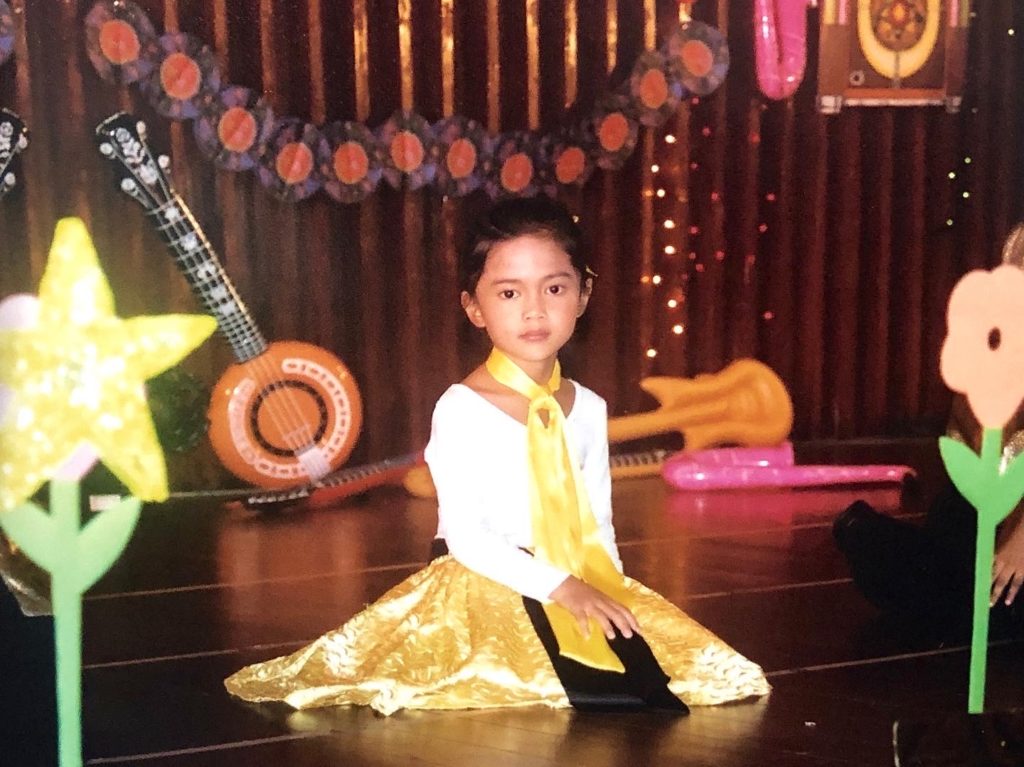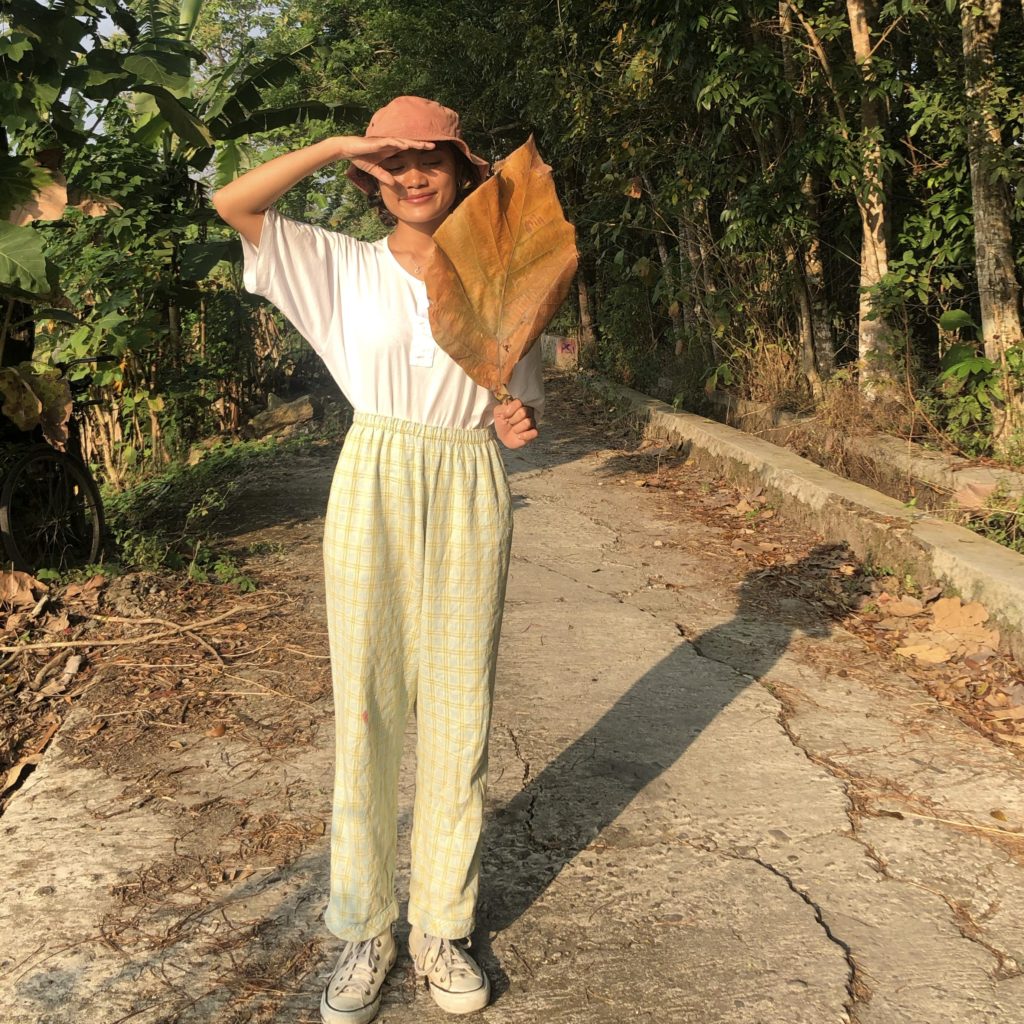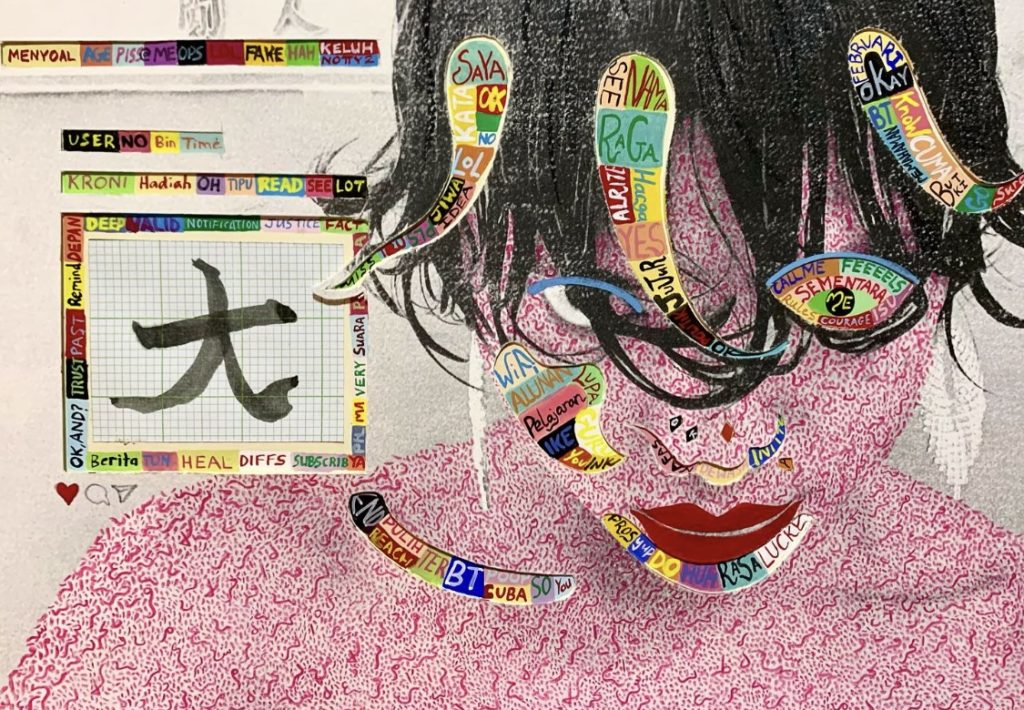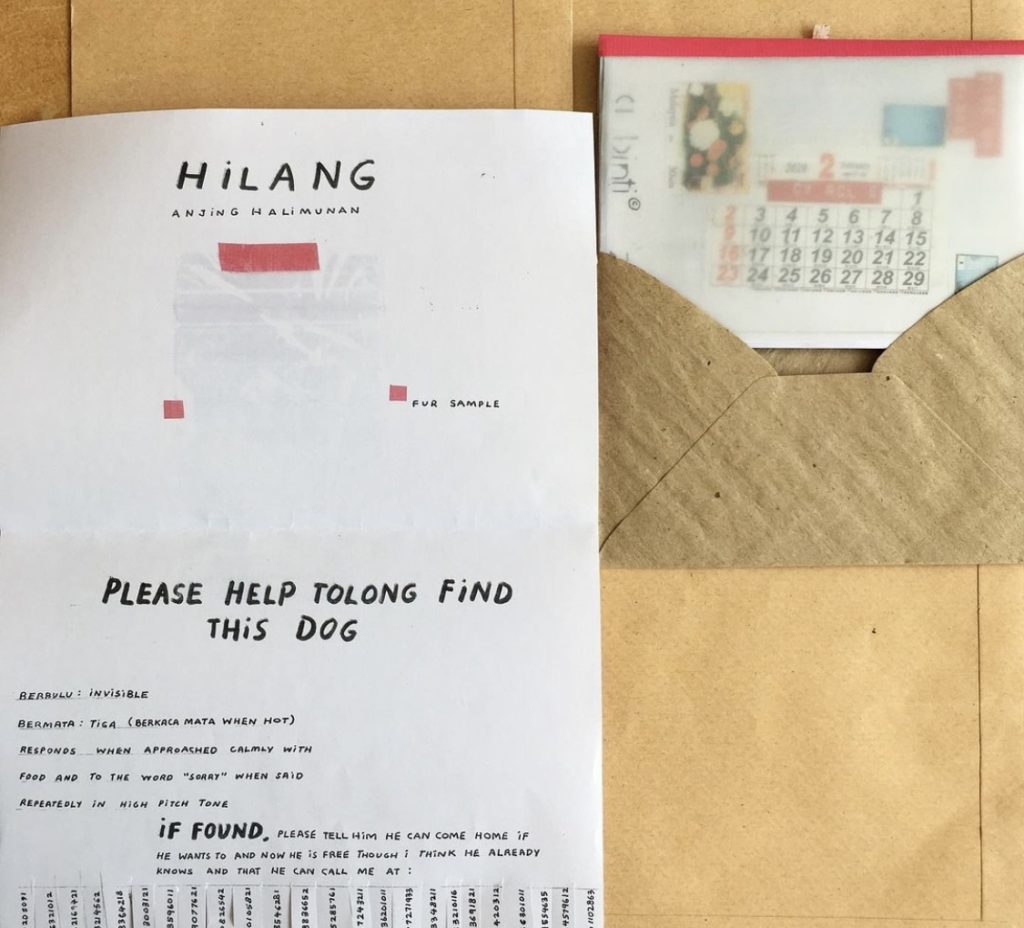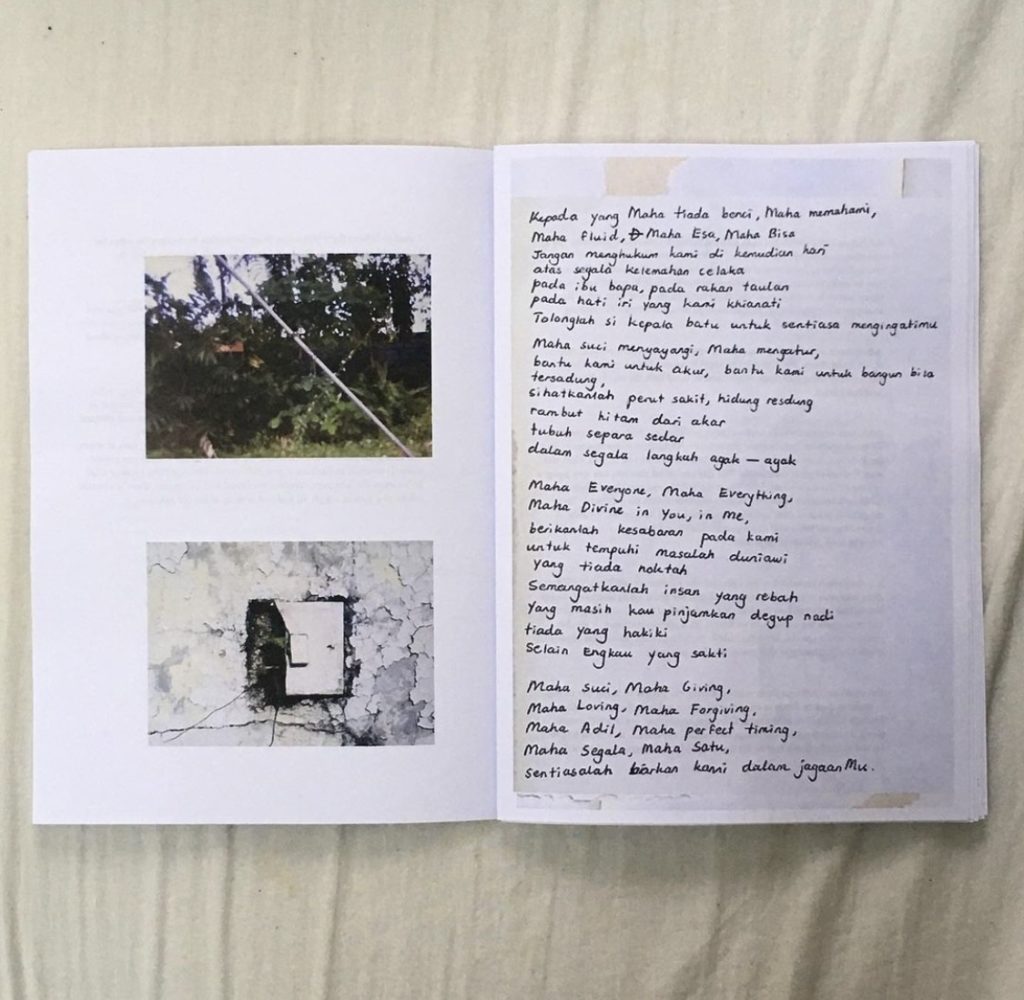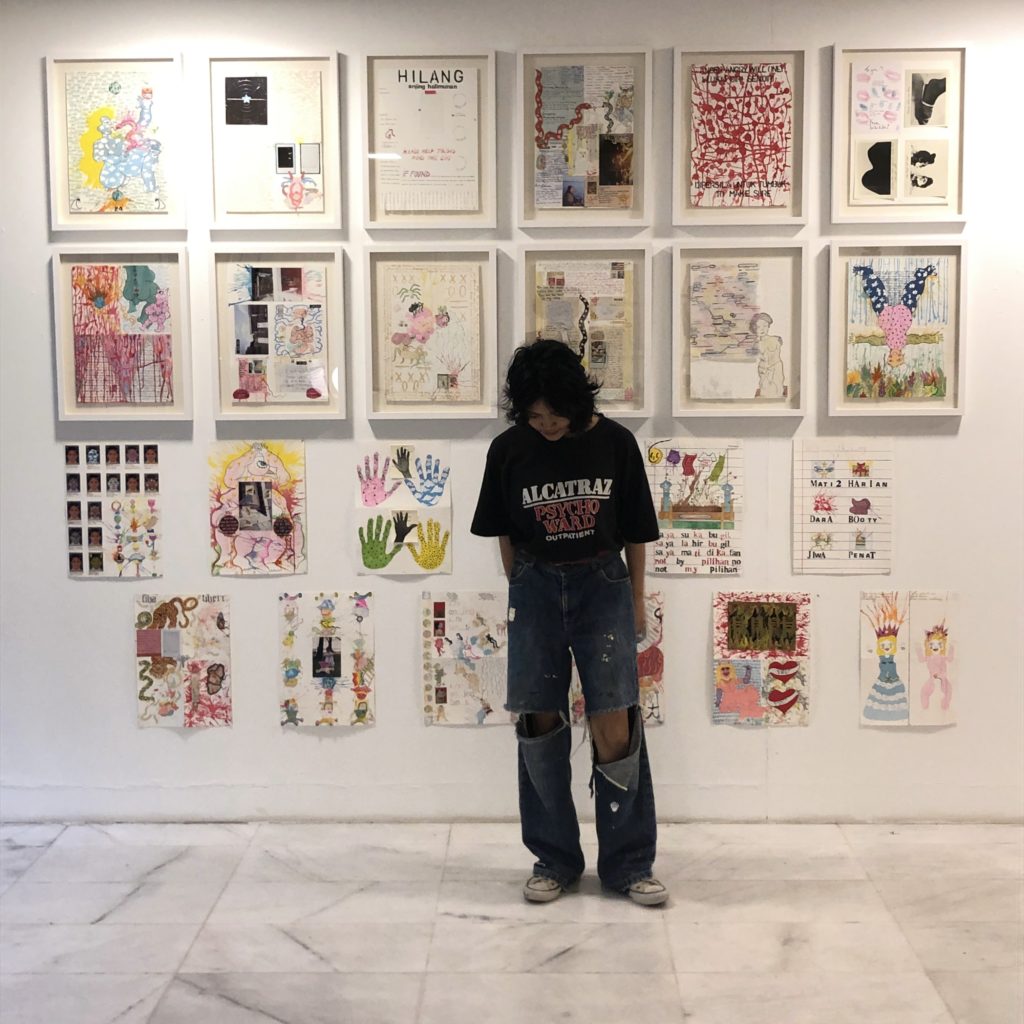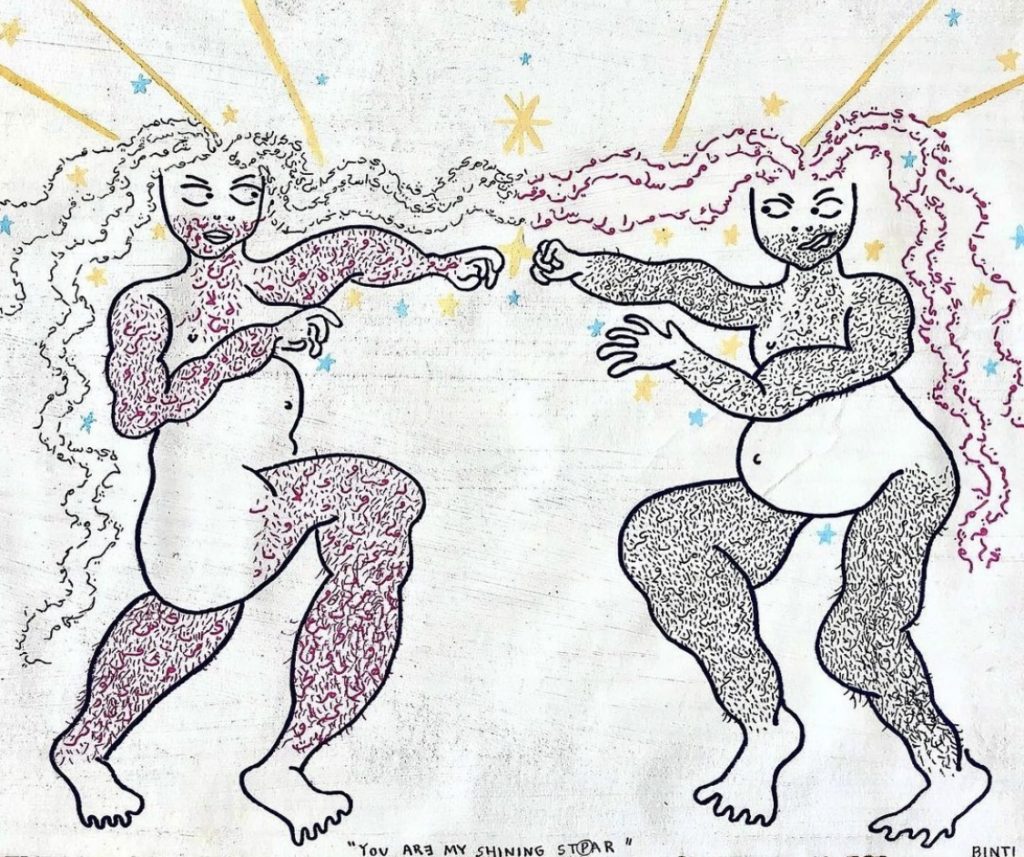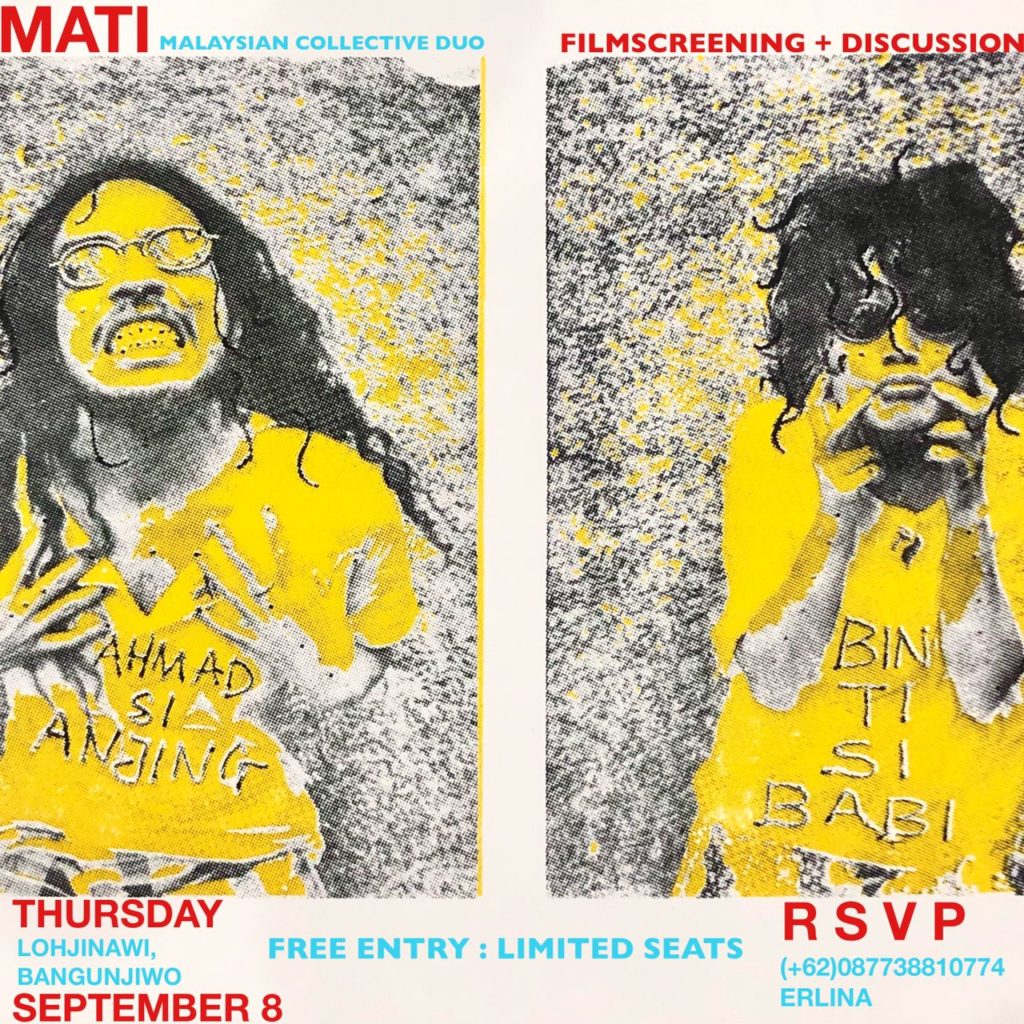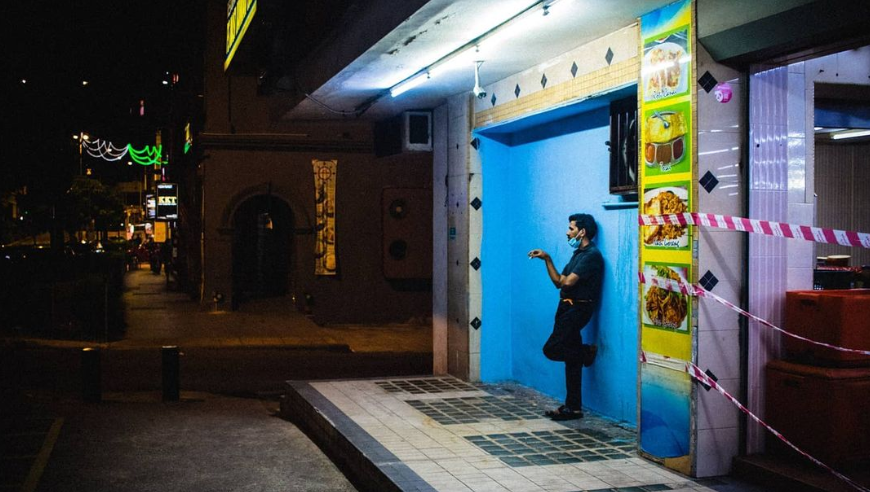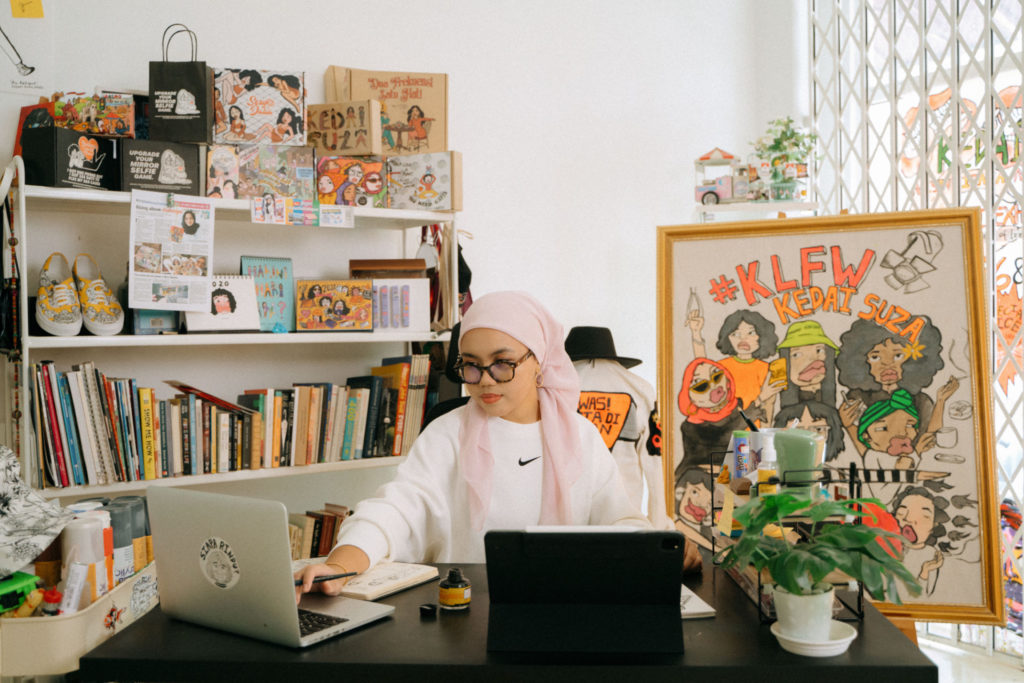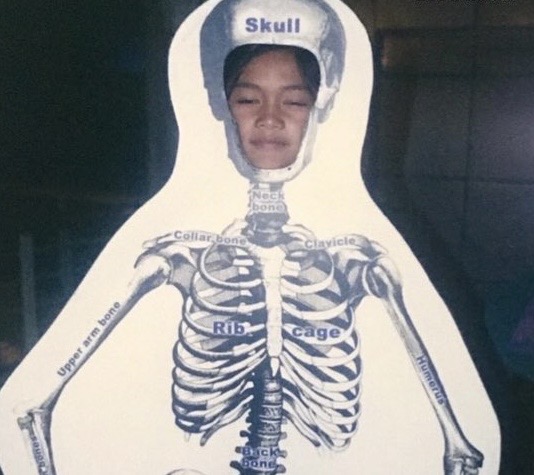
She is enigmatic, vocal and goes by the name Binti. In a swift but saccharine interview with the visual artist, BASKL learns about her moniker, beginnings and creative processes with the help of five everyday objects.
By NABILA AZLAN
Who is Binti? Having picked this moniker in 2018, she likens it to being something so commonplace yet personal at once – both hers and everyone else’s, like most Malaysian Muslim females according to their registered identity cards and passports. “I used to think that it appealed to me, as it could stand for me being every woman. I think of it as just a name,” she says.
Born in the year of the Tiger, this ‘anytime maker’ (as she terms it) is based in her hometown of Johor Bahru but frequently travels to Kuala Lumpur for her artistic pursuits. On top of her own productions, she assists the creative direction of virtual publication, MulaZine and practices as part of the collective duo, Mati.
Extracted from her interview with the writer for BASKL, here are five items which speak about her life and art.
Library card
“Since young, my parents encouraged my interest in learning new things by getting me a library card. I learned to read really early in life.”
Binti wrote and drew a lot through school and frankly still does to this day. She admits to changing ambitions growing up depending on the time of day, saying, “I always knew that I wanted to be doing something that involved creating when I grow up but just didn’t know what to call it yet.”
Mixing work and the sharing of ideas in mixed English and Bahasa Melayu, she credits this to her intro to language and culture, majorly shaped by the media consumption in her formative years. “At one point in my childhood, reading news articles was the most exhilarating part of my day, next to tuning in to RCTI soap operas after school,” she explains. “I especially enjoyed the smutty celebrity gossip section of people I didn’t even know, world progressions like robot inventions or new marine life discoveries in places I’ve never heard of, comics, crosswords and words I didn’t understand. It is just a natural way of speaking for me because it was my direct surrounding upbringing.”
Newspapers
“Growing up Malaysian, it’s not surprising to be bilingual or even multilingual. I had access to Malay and English newspapers in a house where I was surrounded by my Javanese speaking grandfather and the immediate Indonesian community that helped to raise me.”
On what she finds herself gravitating towards, Binti says, “I like uncomplicated materials and media that make viewers feel like they could have easily done it too, because they are right!”
Younger Binti would put something together with the immediate source of ballpoint pens, pencils, typewriter and paper. “My father taught me how to use and take care of a typewriter,” she says. “I should probably use it more often but I have recently been a bigger fan of convenience. In my 20s when I started to show my works to institutions and galleries, I often interchange the platforms I used to put my works on, using found objects like planks of wood, cardboard boxes or cheaply sourced canvas.”
(Wet bar of) Soap
“One thing I’ve been told when I was just starting to attempt a creative career is that ideas are like a wet bar of soap: fragile, easily molded out of shape and very slippery. It stuck with me to this day.”
Her work has been described as many things. Among them being ‘subversive’, ‘sweet and spicy’, ‘intensely personal’, ‘scary’, even ‘provocative’. Inspiration can come from anywhere, and different artists harvest ideas differently. Hers is this: “Any method of documentation I can access at any point in time becomes my go-to. I always have a pen and smartphone on me so voice recordings, notes on any available surface, and on my Notes app, are all helpful methods. It’s become a habit now for me to record my ideas right away.”
Grocery lists
“My work itself has that mood and texture to it, like a grocery list you wrote on a napkin or post-it and left in your pants pocket only to be found again crumpled and torn after a couple of washes, or the drawings you did as a child that got put up on the refrigerator.”
Intentionally combining and crossing genres, she says, “The work that I do incorporates a lot of different elements at a time including mediums like photography, poetry, paint but I am not a professional anything in these respective fields. I think I am doing my own thing like many contemporary creatives with little to no regard of genre. It’s an exciting, bottomless buffet of artistry currently being produced.”
Guitar
“I am partially deaf and upon losing most of my hearing, Amat taught me how to play the guitar.”
She would often collaborate with family and closest friends in making art, which paves way for the collective Mati with her partner Amat. “Mati is named after its members, A(Ma)t and Bin(Ti). Amat is my closest friend and confidant,” she says. “We started working together on films and zines even before we had a name for our collaborations. In 2022, Amat came up with the name Mati in the middle of one of our conversations. A lot of Mati’s works cross between multiple mediums such as filmmaking, photography, textile works, cooking and music. Every Mati piece is produced from a place of mutual love and respect.”
“Accessibility to a lot of knowledge these days exists as an advantage for the 21st century artist,” she says. “We have the privilege of access to experimentation, to not be boxed under one defining description and even self-fueled platforms to showcase them without a green light from anyone but ourselves.”
And to whether she’s working on something new: “You’ll know it when you see it.”
Go ahead and pick Binti’s brain via her Instagram posts. For the products of collective duo Mati, click here.
Read more stories like this on BASKL via the links below:

